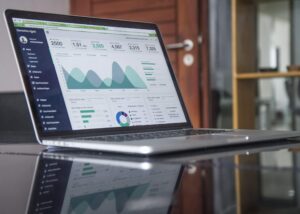
Power BI – increase your company’s efficiency with data analysis
Business analytics allows you to find key information in the maze of data, which in turn can be used to improve the company’s efficiency. However, this seemingly simple activity requires adequate preparation and definition of the purpose of the analysis. Fortunately, there are tools that greatly streamline this process. One of them is the Power BI system. How can it help improve the efficiency of your business?









